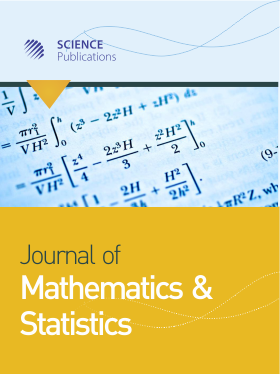CFD-PBE Modelling and Simulation of Enzymatic Hydrolysis of Cellulose in a Stirred Tank
- 1 Universiti Malaysia Pahang, Malaysia
- 2 University of South Carolina, United States
Abstract
Renewable energy or biofuel from lignocellulosic biomass is an alternative way to replace the depleting fossil fuels. The production cost can be reduced by increasing the concentration of biomass particles. However, lignocellulosic biomass is a suspension of natural fibres and processing at high solid concentration is a challenging task because it will affect the mixing quality between the enzyme and cellulose particles and the generation of sugars. Thus, understanding the factors that affect the rheology of biomass suspension is crucial in order to maximize the production at a minimum cost. Our aim was to develop a solution strategy for the modelling and simulation of biomass suspension during enzymatic hydrolysis. The complete model was solved using the DAE-QMOM technique in a finite-element software package, COMSOL. Essentially, we made a clear connection between the microscopic and macroscopic properties of biomass slurries undergoing enzymatic hydrolysis. The results showed that the quality of mixing within a reactor is crucial in optimizing the hydrolysis product. The model improved the predictive capabilities, hence increasing our understanding on the behaviour of biomass suspension.
DOI: https://doi.org/10.3844/jmssp.2016.225.237

- 4,184 Views
- 2,440 Downloads
- 13 Citations
Download
Keywords
- DAE-QMOM
- PBE
- Enzymatic Hydrolysis
- Cellulose
- Biomass
